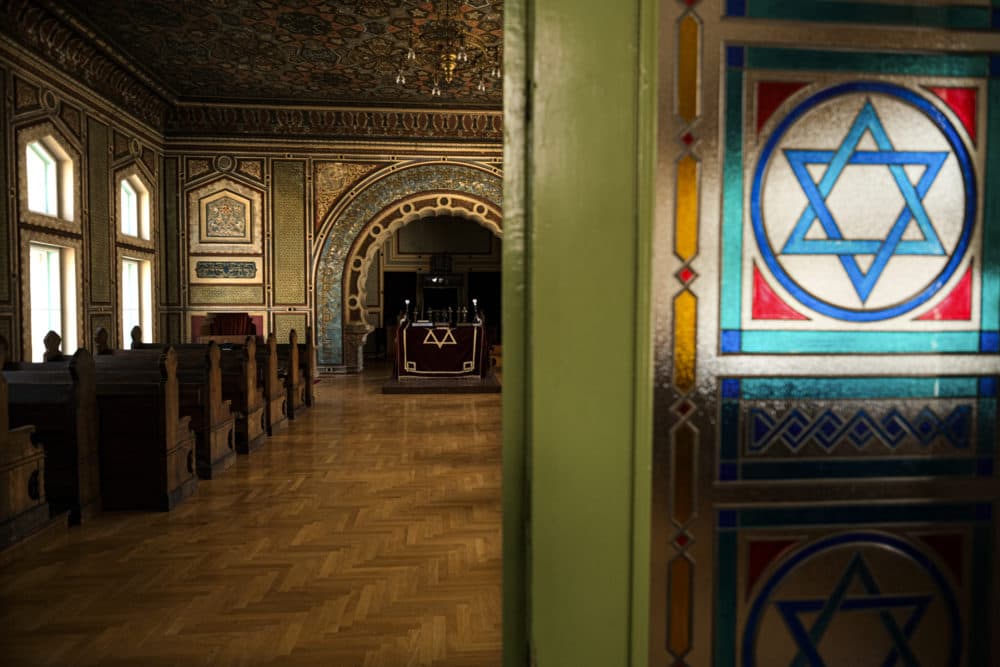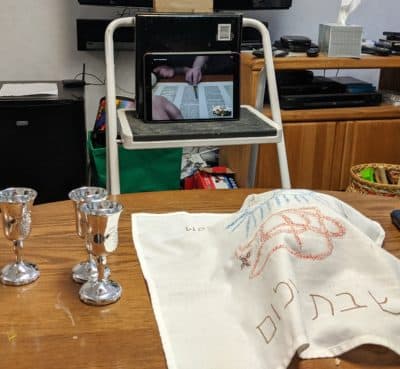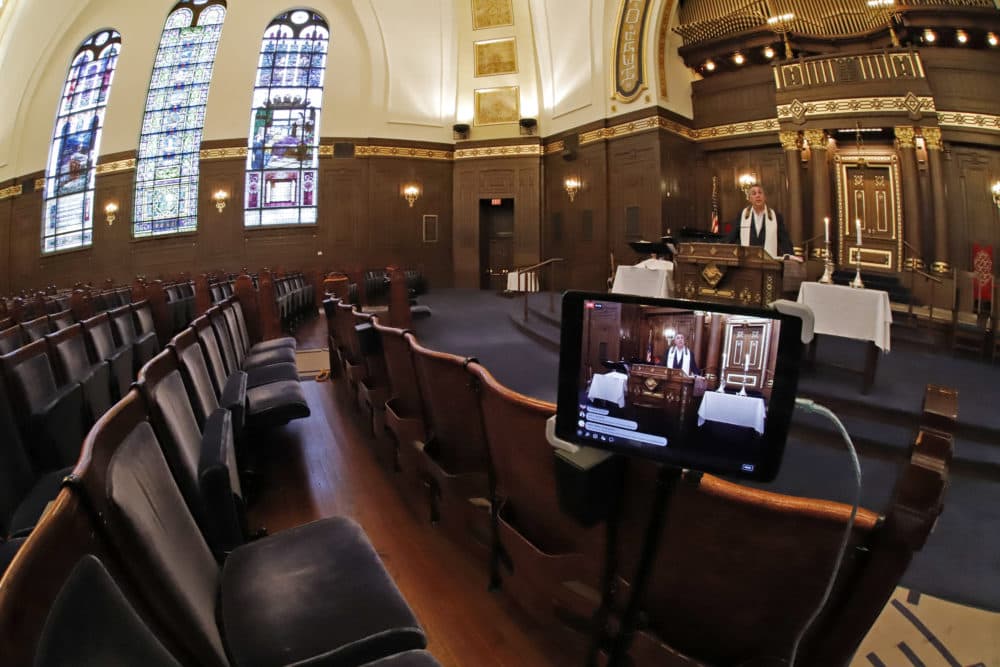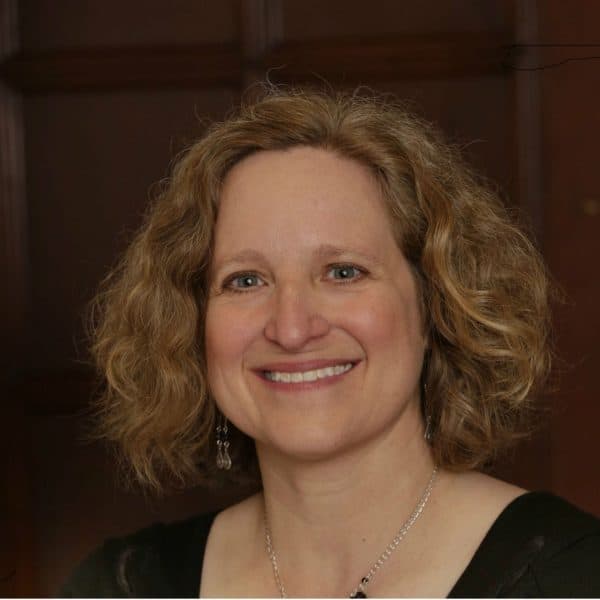Advertisement
Commentary
Houses Of Worship May Be Reopening, But I'll Continue To Pray At Home. Where It's Safe

There is so much I miss about going to Friday night Shabbat services at my temple, Temple Isaiah of Lexington, in suburban Boston.
First, there are the greetings we receive. In the pre-pandemic world, our clergy stood at the doors leading to the sanctuary, offering hugs and pecks on the cheek. Our family has been members for more than a decade. When our son, Simon, was little, our senior rabbi used to hoist him in the air, and the two shared a laugh. Now Simon’s 12, so they shake hands and smile. “Shabbat shalom,” we say, wishing each other peace as the sabbath begins.
There’s also the music: dozens to hundreds of voices fill our sanctuary with song. There’s a tall glass window in that sacred space that gives us a glimpse of trees, often swaying in the wind, as we pray. Usually we sing the first verse of Psalm 133, known as Hine Ma Tov in Hebrew. Over and over, we sing Hebrew words which loosely translate to, “Behold how good and how pleasant it is for brothers and sisters to dwell together.’’ Together. That has been the key.
I should be thrilled that Massachusetts Gov. Charlie Baker included houses of worship in phase one of the state’s reopening plan. His plan cited safeguards, such as allowing only 40% capacity in houses of worship and keeping worshippers at least six feet apart, unless they were families.
But I am not thrilled. My family, like congregants of any faith, goes to religious services for all types of reasons, including seeking solace during tough times and joy during celebratory ones. We go, most of all, for community. And my temple has not yet decided to open its doors, given the danger of COVID-19 remains present.
For my family, [our religious community] is a critical part of our lives, but neither worship nor our temple community disappeared during the pandemic.
It’s too soon to risk the lives of fellow congregants, clergy, support workers and ourselves, whether we worship in temples, mosques, mandirs, gurdwaras or churches. Disease specialists predict a second wave and houses of worship have been hotbeds for spreading the virus.
I signed a petition recently supporting the return of tennis in Massachusetts (starting with singles) under certain conditions. I would feel safer outside exchanging forehands roughly 75 feet away from another person than I would sitting in a synagogue.
Is worship and being a part of a religious community essential to living? For my family, it is a critical part of our lives, but neither worship nor our temple community disappeared during the pandemic.

Our son’s religious school continued via Zoom, and his teachers offered extra activities during the week. One teacher ran weekly online game sessions. Another taught an elective class on Israel. Our temple offered family activities, too, including making pizza on Zoom together with to-go kits from a local pizzeria. Laughing and talking, we pulled and stretched dough in our respective kitchens. We were marking the end of Passover, a holiday that requires us to give up leavened bread for eight days.
Friday nights, we often attend Shabbat services, but on Zoom. We say shabbat shalom to each other at the beginning, even though it’s difficult to see who we are greeting. Dozens of boxes of people scroll by too quickly. Then, the clergy mutes us as they lead the service. At one service, my husband Pavlik, Simon and I were invited to lead the congregation in the blessing over the wine, known as the kiddush, and over the bread, the HaMotzi, at the end. We filled three cups with grape juice and brought a challah to our family room table. Unmuted, we sang the blessings. Everyone could hear us, though we couldn’t hear them. In the safest way possible, our community was in this sort-of togetherness.
Advertisement
I know several hundred pastors earlier this month implored Gov. Baker to include houses of worship in the first phase. They argued that houses of worship were essential in the same way as many businesses. But houses of worship are not grocery stores. Praying online is not the ideal, but don’t we all have a moral obligation to protect the health of each other?
Worship, even by Zoom, can still nourish our souls.

